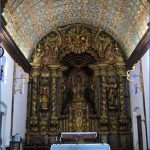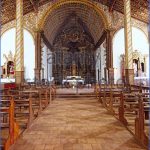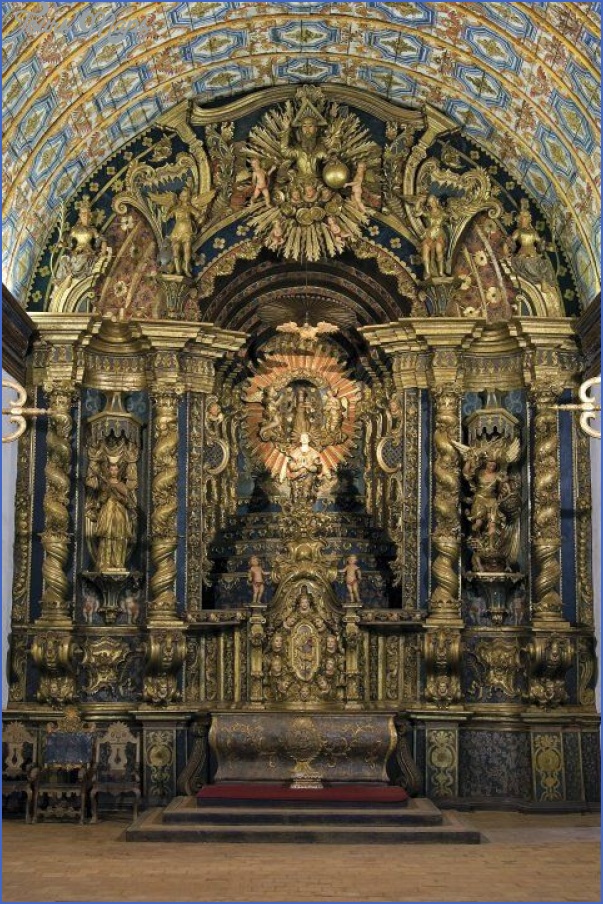From Tyrant to Hero
During the war Mariscal Fransisco Solano Lopez developed a reputation for cruelty which was not limited to enemy combatants – by his order many of his own troops, government and military officials were tortured and killed. Even his own family was not spared – two of his brothers were executed and his mother and sisters tortured for suspected treason. Upon his death and the subsequent end of the war Paraguay was left in complete shambles, its citizens forced to suffer at the hands of equally cruel and rapacious victors. Visitors to Paraguay may be surprised to find Marsical Lopez, largely responsible for the Triple Alliance war, revered as a national hero. Streets are named after him and statues in his honor abound. This is due in large part to the work of Juan Emiliano O’Leary, prominent Colorado party member and revisionist historian who, in the early 1900’s successfully re-branded Mariscal Lopez as a hero who gave everything for his country.
The Chaco War
In the 1930’s Paraguay became embroiled in yet another brutal conflict. This time it was with its neighbor to the north, Bolivia. The ill-defined border between the two nations was a point of contention even during the colonial era, and tensions grew in the late 1800’s when Bolivia lost its Pacific Ocean access to Chile. The landlocked nation then turned its attention to the Paraguayan Chaco, seeking to regain access to the Atlantic Ocean by way of the Paraguay River. The prospect of large oil deposits in the Chaco region strained relations even further. In the 1920’s the Bolivian army slowly began infiltrating on Paraguay’s territory, building several forts in the Chaco. Paraguay’s general instability and internal political power struggles kept the government from focusing its attention on the Bolivian incursions in the north until war was inevitable. Barely recovered from the afermath of the Triple Alliance War, Paraguay found itself once again at war.
The Chaco War was waged between 1932 and 1935. Soldiers were subjected to the unforgiving conditions of the northern Chaco – savage wilderness, isolation, disease, extreme weather conditions, and lack of drinking water. As in the previous war, Paraguayan troops were underequipped and poorly trained in comparison to their enemies. However, they did have some advantages; the majority of the enemy troops hailed from Bolivia’s frigid Altiplano region and were therefore unaccustomed to the terrain and arid climate of the Chaco. By the time peace was declared on June 14, 1935, Paraguay had suffered casualties totaling over 30,000.
The Infamous Eliza Lynch
In 1853, President Carlos Antonio Lopez sent his son Mariscal Fransisco Solano Lopez on a diplomatic mission to Europe to procure arms and establish commercial agreements. While in Paris, Mariscal Lopez met an Irish courtesan by the name of Eliza Lynch who soon became his mistress. Lured by the promise of ruling over an entire nation, Eliza Lynch agreed to accompany Mariscal Lopez back to his homeland. Madame Lynch or La Lynch, as she was known, spent much of her time struggling with the female members of Asuncion’s high society, each plotting and scheming ways to publicly embarrass one another. One of their most infamous confrontations was an elegant boat outing along the Paraguay River to celebrate the founding of the New Bordeaux colony. Madame Lynch’s guests shunned their infuriated hostess by refusing to talk to or even make eye contact with her. In turn, she retaliated by instructing her assistants to fling the entire sumptuous luncheon spread overboard and held her ungrateful guests hostage and hungry aboard the ship for several hours. Eliza Lynch was a polemic figure in Paraguay’s history, and her dramatic rags to riches story continues to capture the public’s imagination. Several books on Paraguay revolve around the life of Eliza Lynch and her romance with Mariscal Lopez (with varying degrees of liberty taken with historical accuracy). Two recent books are The News from Paraguay by Lily Tuck, and The Lives of Eliza Lynch by Micha el Lillis and Ronan Fanning.
The Shadows of the War
Though they were fought long ago, the Triple Alliance War and the Chaco War are brought up frequently in regards to relations with neighboring countries. Paraguayans draw parallels between the country’s underdog status during the Triple Alliance War and its current political and economic circumstances. Paraguayans argue they do not wield equal power in Mercosur, a regional trade agreement between Paraguay, Uruguay, Argentina, and Brazil. Tensions between Bolivia and Paraguay remain due to the continued search for natural resources in the Chaco. In 2010, reports of increased military activity in Bolivia revived memories of the Chaco War.
The post-war period saw the rise of the military as a deciding factor in Paraguayan politics, a trend that would continue for several decades. In 1947 the country was plunged into a six-month civil war known as the Revolucion del ’47 during which Alfredo Stroessner, then a Lieutenant Colonel, began his rise to prominence within the military and the ruling Colorado party. In 1954, Stroessner, now a General, led a coup against President Federico Chaves and was soon thereafer elected president. At first, his rule provided the country with much-needed stability. Little did Paraguayans know their current savior would remain at the head of one of Latin America’s longest running dictatorships – one marked with corruption and severe repression that would have a lasting detrimental impact on Paraguayan life.
Paraguay under Stroessner
The Stroessner dictatorship, also known as the Stronato, was marked by economic prosperity and rampant repression. Economically, the country benefited greatly from large-scale infrastructure projects undertaken during this period. The Itaipu hydroelectric dam, built in conjunction with Brazil, was a major economic engine providing jobs to thousands of Paraguayans. Stroessner also encouraged eastern expansion towards Brazil with the creation of a highway linking Asuncion to the newly created city of Puerto Presidente Stroessner (later renamed Ciudad del Este) on the border with Brazil. This opened up a previously isolated area of the country to Paraguayan and foreign farmers who flocked to the region. Paraguayans paid a dear price for these advances. Large-scale agriculture projects encouraged under Stroessner’s regime have all but destroyed the once pristine forests of Eastern Paraguay. The construction of Itaipu had a significant detrimental environmental impact as well, with the majority of flooding occurring on Paraguayan soil. In addition, many felt the Itaipu treaty, under which Paraguay was to sell its excess electricity to Brazil for a fixed rate well under market value, was unfair (see The Divisive Dam).
There was little recourse for those who opposed the regime. The Colorado party dominated of all aspects of government and society and those that did not comply with the party line were virtually blacklisted from employment opportunities, and, in many cases, forced into exile. Freedom of the press was almost unheard of. Although not as high profile as the human rights abuses of the Chilean and Argentine dictatorships during that time, the Stroessner regime was almost as brutally repressive (see The Archive of Terror). Anyone suspected of attempting to undermine his rule was brought in for interrogation, which often entailed both physical and psychological abuse.
Visit to Yaguarón Photo Gallery
Maybe You Like Them Too
- The Best Cities To Visit in The World
- World’s 10 Best Places To Visit
- Coolest Countries in the World to Visit
- Travel to Santorini, Greece
- Map of Barbados – Holiday in Barbados
















